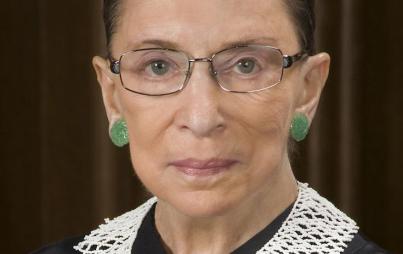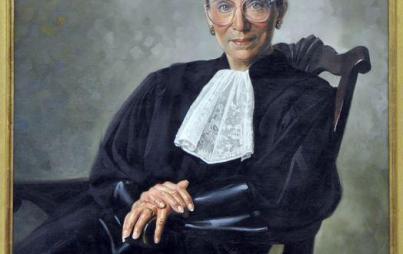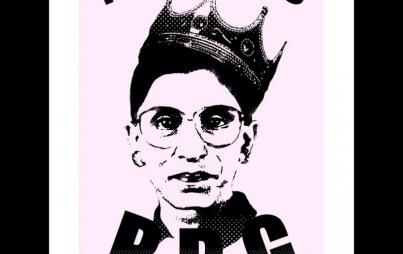
The question at hand has to do with whether voting districts for state and local elections should be based on total population or number of eligible voters.
Today, the Supreme Court issued an opinion upholding the principle of "one person, one vote" as it applies to a case about redrawing voting districts in Texas.
“Wait,” you’re saying. “Was that ever a question? How many votes are we supposed to get? I only get one. Is there a BOGO sale on votes somewhere? Why is this before the Supreme Court at all?”
Don’t worry, no one is getting extra votes. The question at hand has to do with whether voting districts for state and local elections should be based on total population or number of eligible voters.
According to reporting in The Hill, in 2013, Texas redrew electoral maps based solely on 2010 Census data. While this seems perfectly logical — and in fact mimics the mandate in the Constitution pertaining to how districts for the House of Representatives are drawn — a couple of Texans felt that it wasn’t right. They argued that only eligible voters should be counted for purposes of districting. But doing so would leave children, former convicts who have lost voting rights, and non-citizens uncounted. It would also ignore people who choose not to register to vote. The reasoning behind this argument is basically, “People who can’t or don’t vote don’t really count.”
Justice Ruth Bader Ginsburg, however, disagrees: “As the framers of the Constitution and the Fourteenth Amendment comprehended, representatives serve all residents, not just those eligible to vote. Nonvoters have an important stake in many policy debates and in receiving constituent services. By ensuring that each representative is subject to requests and suggestions from the same number of constituents, total-population apportionment promotes equitable and effective representation.”
Clear enough, RBG. Thanks for standing up for those who don’t get to stand up for themselves on election day!







